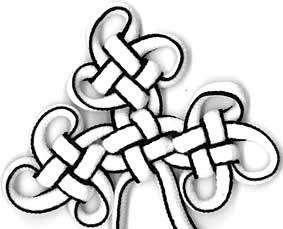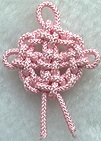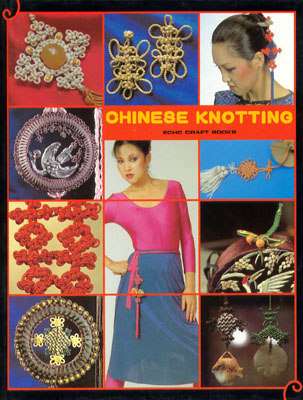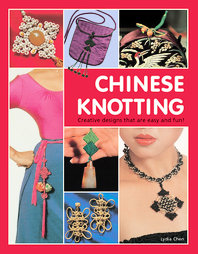Ru Yi Knot
 I was working on the main page for the mystic knot and decided that I really needed to have my own illustration of the ru-yi knot (如意, rúyì, halfway between a 장고매듭, jang-go-mae-deup, and a 가지방석매듭, ga-ji-bang-seong-mae-deup).
I was working on the main page for the mystic knot and decided that I really needed to have my own illustration of the ru-yi knot (如意, rúyì, halfway between a 장고매듭, jang-go-mae-deup, and a 가지방석매듭, ga-ji-bang-seong-mae-deup). 

This page is automagically created and paginated for each tag available in the posts on this site
 I was working on the main page for the mystic knot and decided that I really needed to have my own illustration of the ru-yi knot (如意, rúyì, halfway between a 장고매듭, jang-go-mae-deup, and a 가지방석매듭, ga-ji-bang-seong-mae-deup).
I was working on the main page for the mystic knot and decided that I really needed to have my own illustration of the ru-yi knot (如意, rúyì, halfway between a 장고매듭, jang-go-mae-deup, and a 가지방석매듭, ga-ji-bang-seong-mae-deup). 


 In print in one form or another pretty much continuously since 1981, this book is responsible for reviving the art of Chinese knotting and likely many cascade effects.
In print in one form or another pretty much continuously since 1981, this book is responsible for reviving the art of Chinese knotting and likely many cascade effects.
The easiest way for me to enter Chinese text is by typing English text and getting something to translate it for me. Generally speaking this does 60% of the job. Then there are the characters that are more difficult to translate, so I need to enter them directly. For this task I like to write the characters into a system that does Chinese handwriting recognition. For this job I used the free iTranslate iPhone app and the nciku dictionary. I used the iTranslate app, mostly because I was out, but it had the added advantage of quickly swapping the Chinese and English back and forth from the translate/translated windows for refinement of the desired characters. Also, unlike the other translation apps on my phone, iTranslate allowed me to get the data out (via email in this case). Apparently iTranslate is “powered by Google” and indeed once I got home I also used Google Translate with largely the same results although there is no handwriting recognition involved there.
Read moreI had just finished going through a big stack of videos that I had found on youku, a youTube-like site in China (search for Chinese knotting:中国结 and knotting art:结艺) when my knot (매듭 in Korean) search brought me a practical knot result. That’s ok. I’ve got nothing against practical things and it’s not like that automated search turns up many results in general, but it got me to thinking, how to refine this search to produce a more focused decorative result? Taking another look at Kim Hee-Jin’s maedup site and Korean Traditional Knots and started parsing down this string “한국의 전통매듭” which as a string translates to “Korea’s traditional knot”. Previously, I had determined that “매듭” means “knot” so that left the “전통” part. Traditional, eh?
Read moreIt should not surprise you that there is a Chinese knotting television show in China (I could be wrong, these could be an instructional DVD set or a web series. Does it matter?) and someone has digitized clips for a youTube-ish website, Videopedia World.
Read more